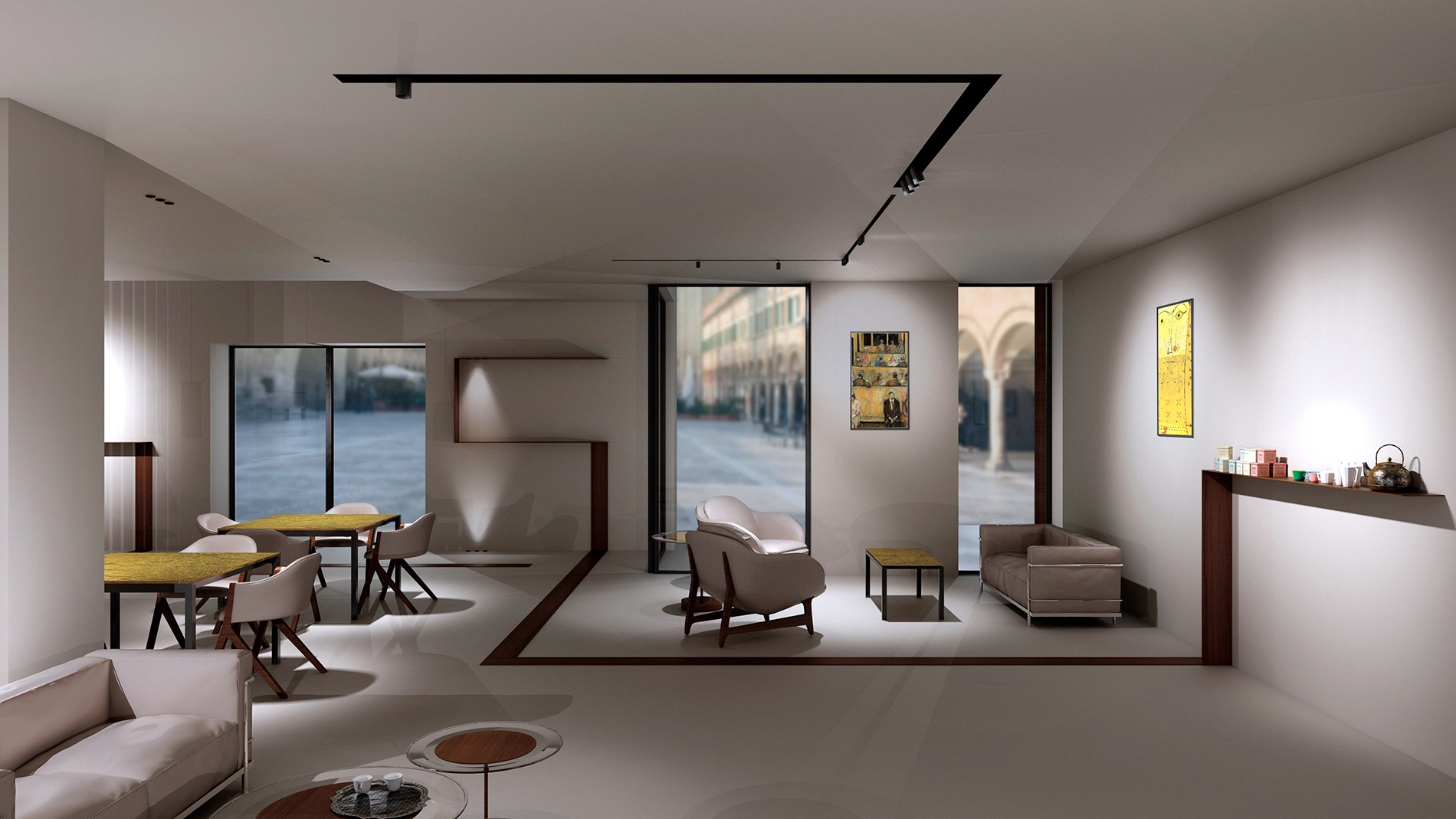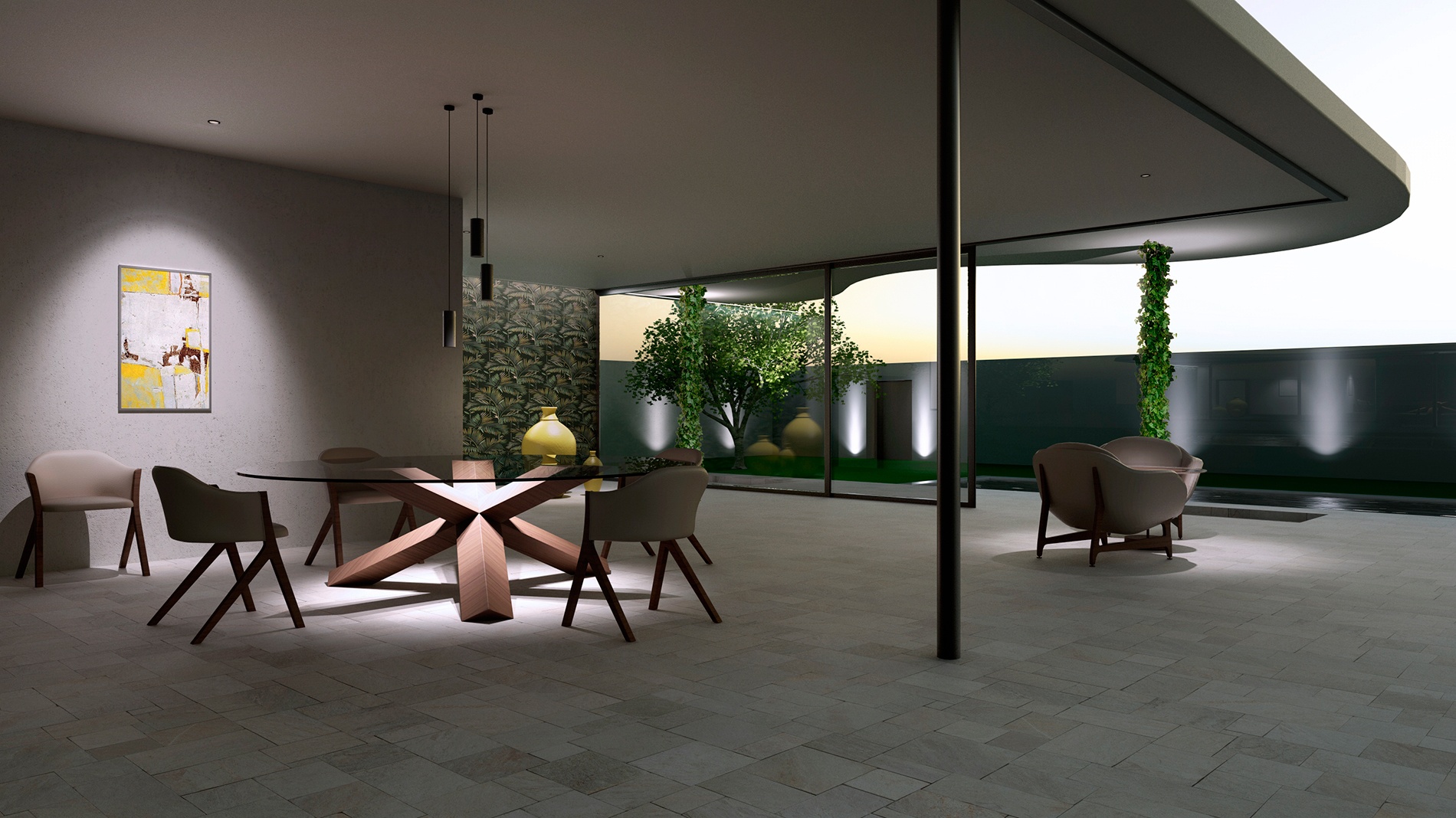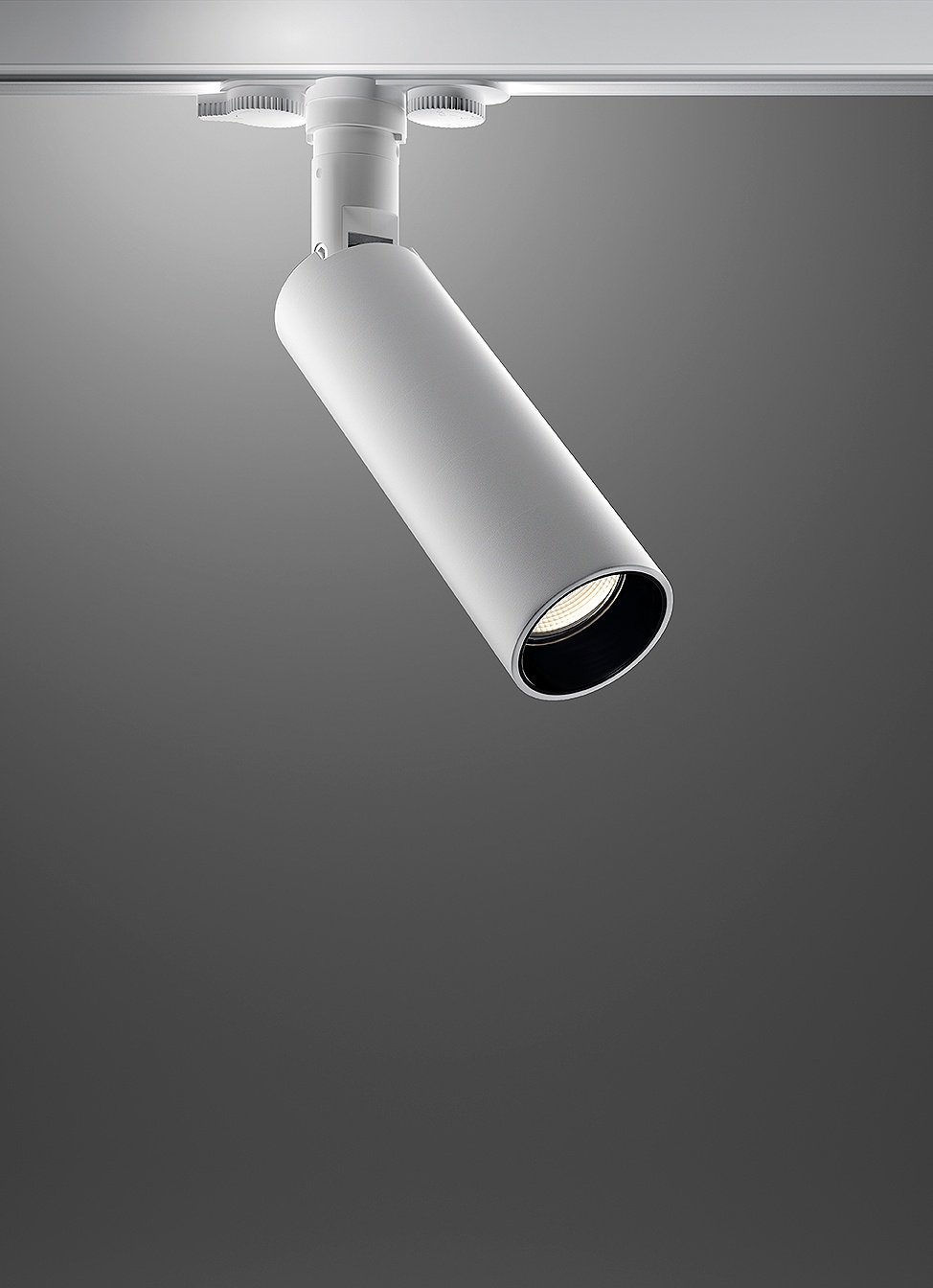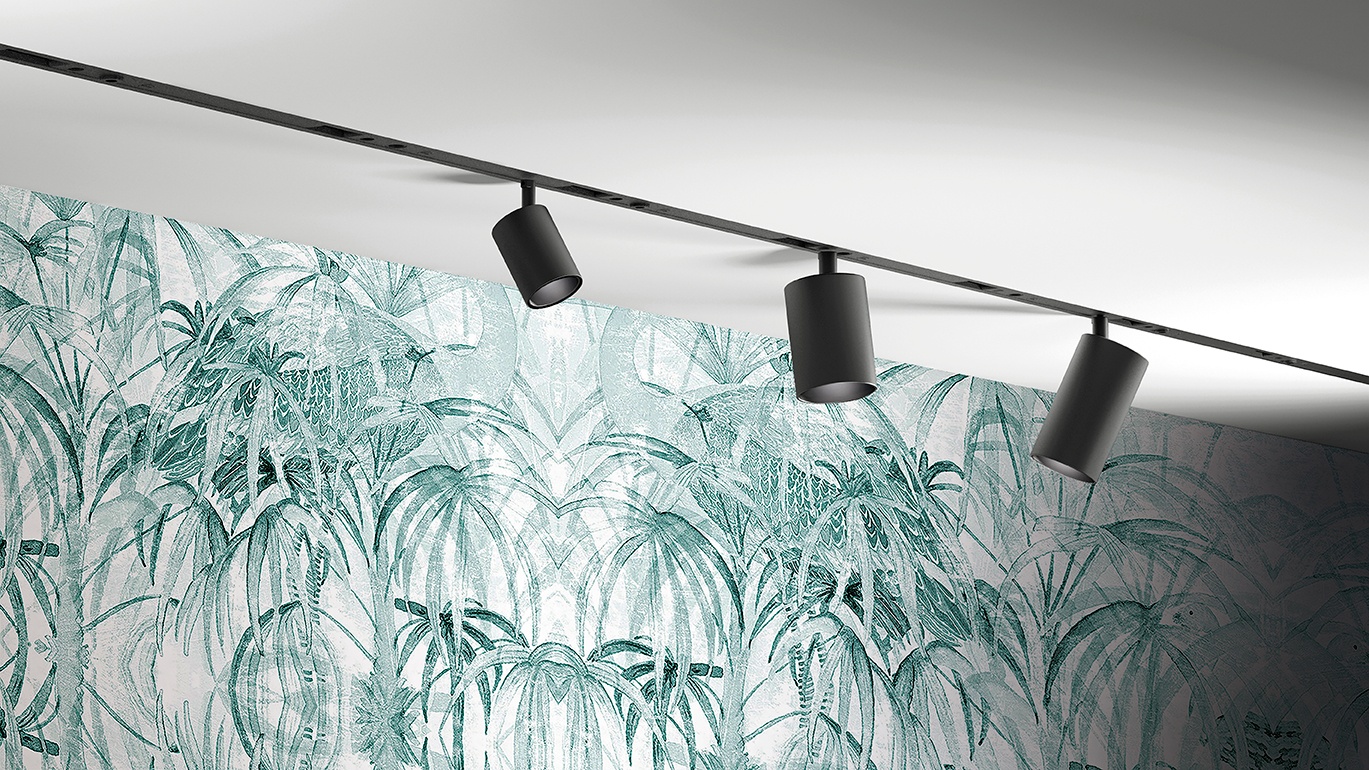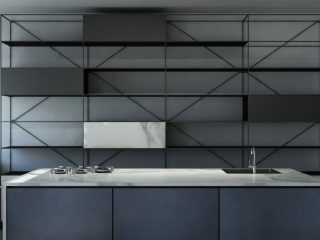What is 3D rendering and how it develops
3D rendering is the operation performed by a designer to realistically simulate an object or architectural design from a 3D model.
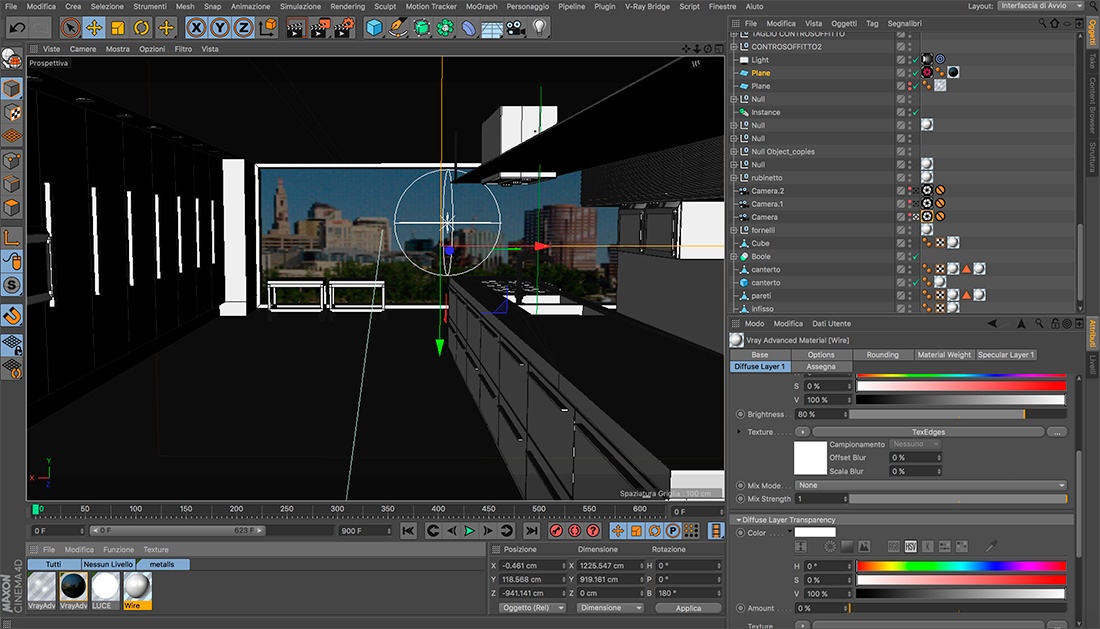
3D rendering is ubiquitous in most industries today, from architectural design to marketing for companies and even cinema.
A rendering has not only the task of representing something in 3 dimensions, but that of displaying an idea, an object by conveying to the customer the same sensations he would feel if the object in question actually existed.
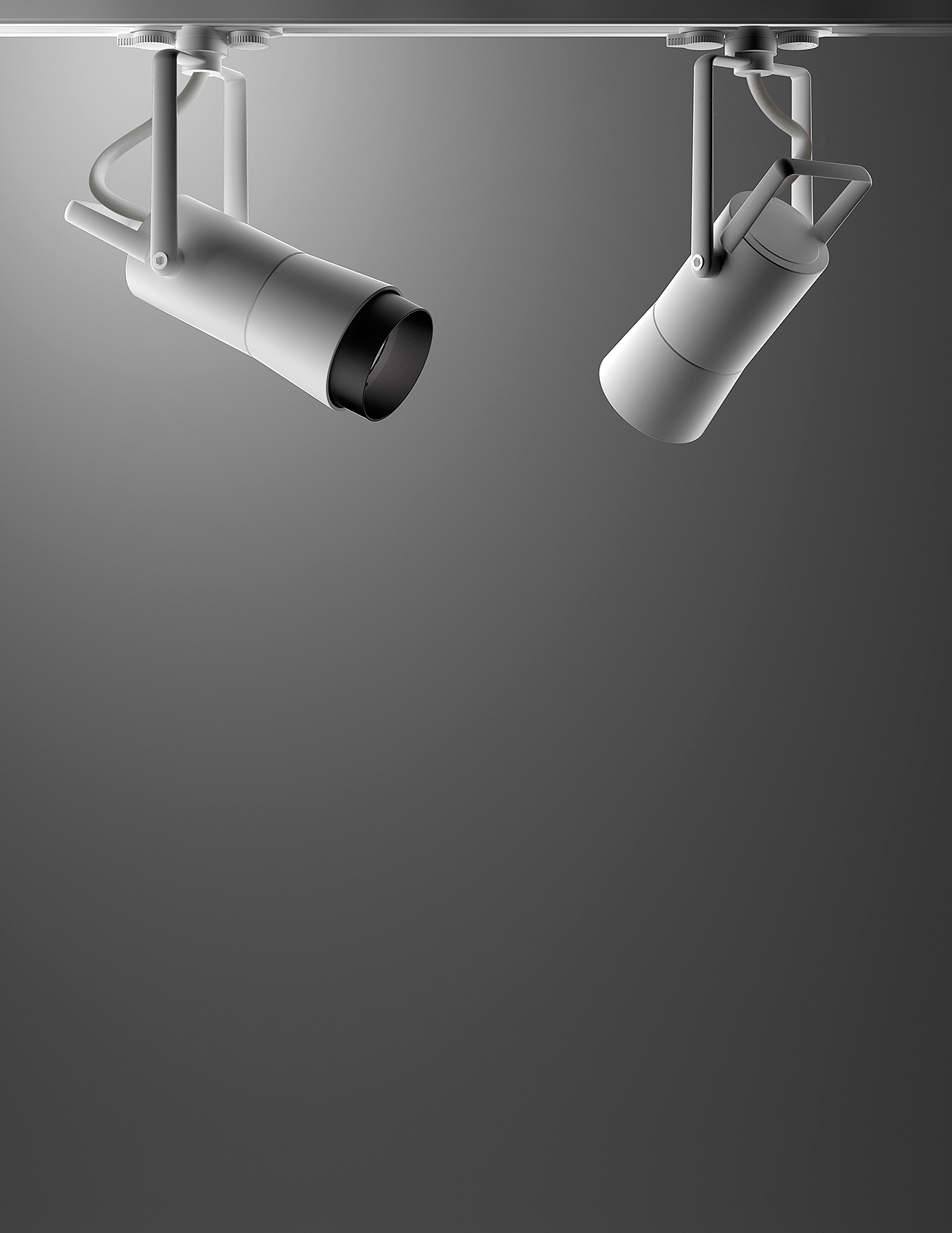
What the renderer does
The renderer understands photography, light and colour, and assembles all these notions with the aim of achieving a realistic image, which not only evokes the feeling of looking at a photograph, but is also capable of conveying a message and emotions.
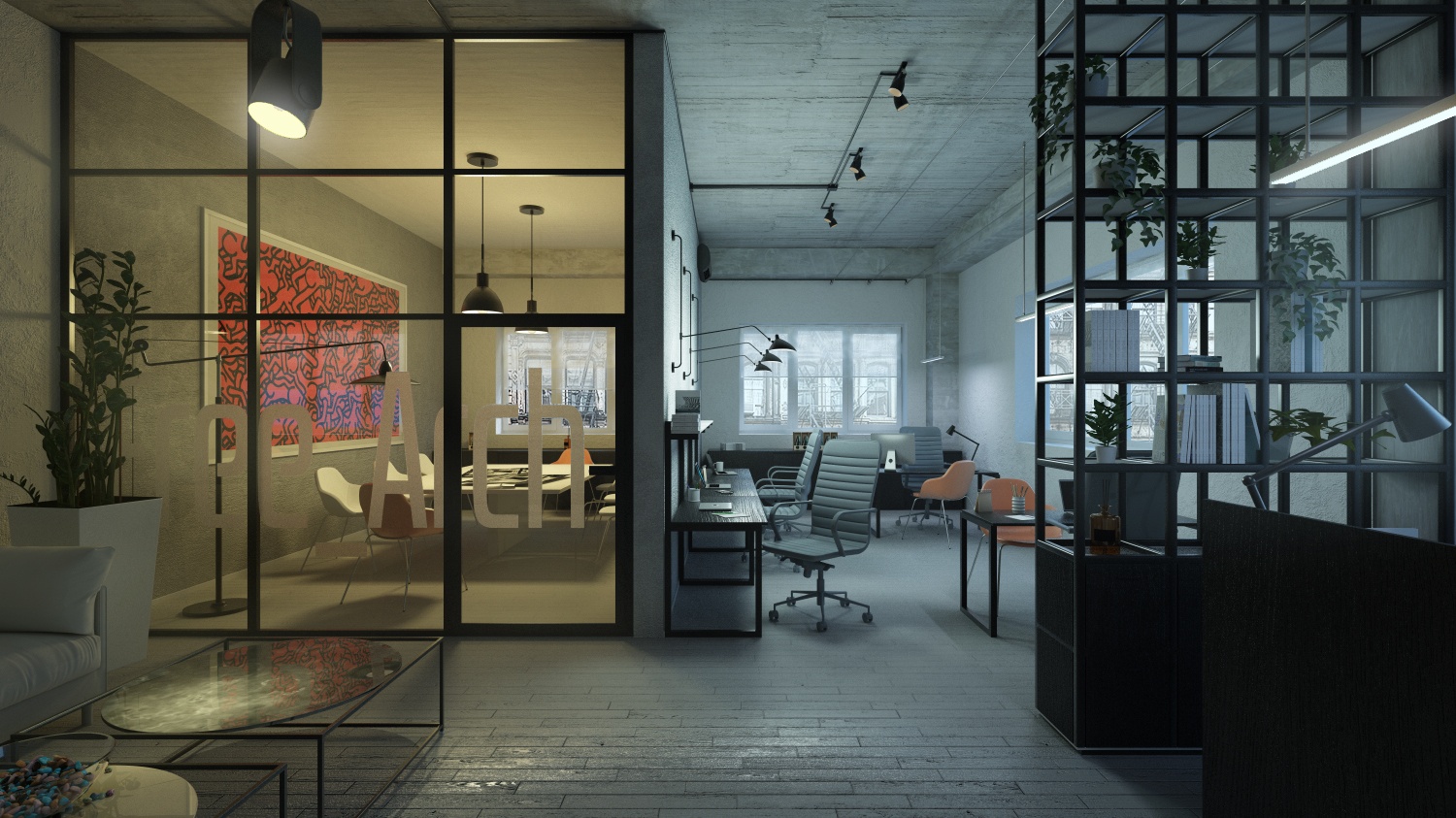
Let’s look in detail at what a draughtsman has to do to create a photorealistic rendering, i.e. how he creates a photorealistic image of an object or environment that does not physically exist.
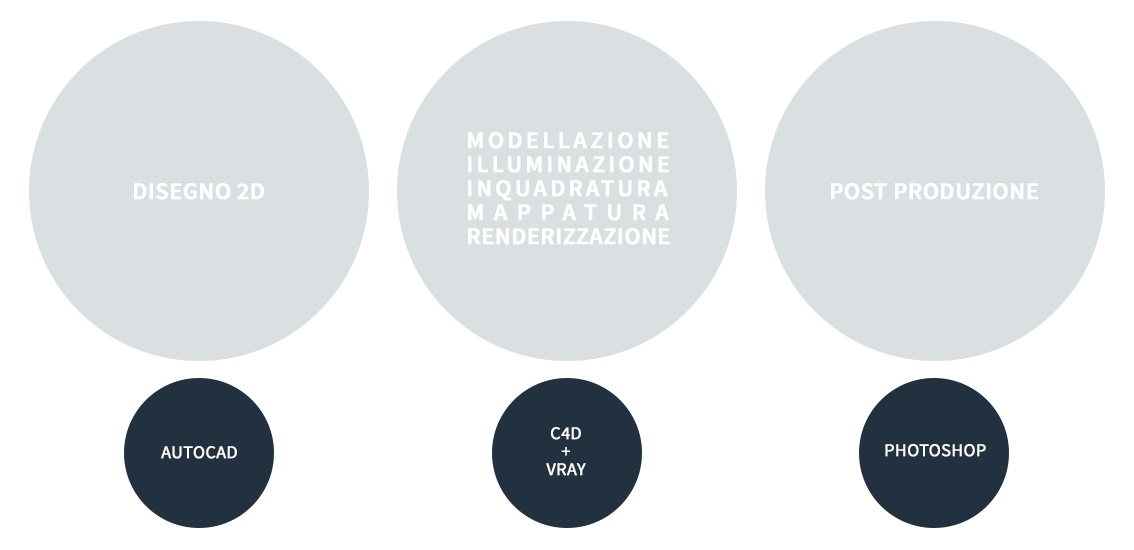
- The render professional presses the start of his project by launching a CAD programme, an environment in which he will be able to draw the shapes that make up his project whether it is an object or a room by entering the correct measurements. If the design in question is a room, he will export a 2D design from the CAD programme, which will form the basis for the next stage, the modelling stage. If, on the other hand, it is an object, the draughtsman will set up a 2D plan, elevation and section drawing in the CAD programme, which he will import to continue modelling in another programme.
- In the modelling software the renderer will spend most of his time, because this is where he will put his artistic skills to the test. He will implement the designed object in a scene (modelling phase) and thanks to a plugin called Vray he will insert the lights, determine the framing and finally insert the object materials (mapping phase). Thanks to this third phase, the renderer will obtain the final render and then complete the project by launching the rendering.
- To add subtlety to the design, the designer sometimes uses post-production programmes such as Adobe’s Photoshop, where he will add the finishing touches.
The advantages of 3D Rendering
3D rendering is the perfect medium to give shape to any idea or project, it can be used in any project, from architecture to advertising to film.
So let’s take a look at the advantages of this technology:
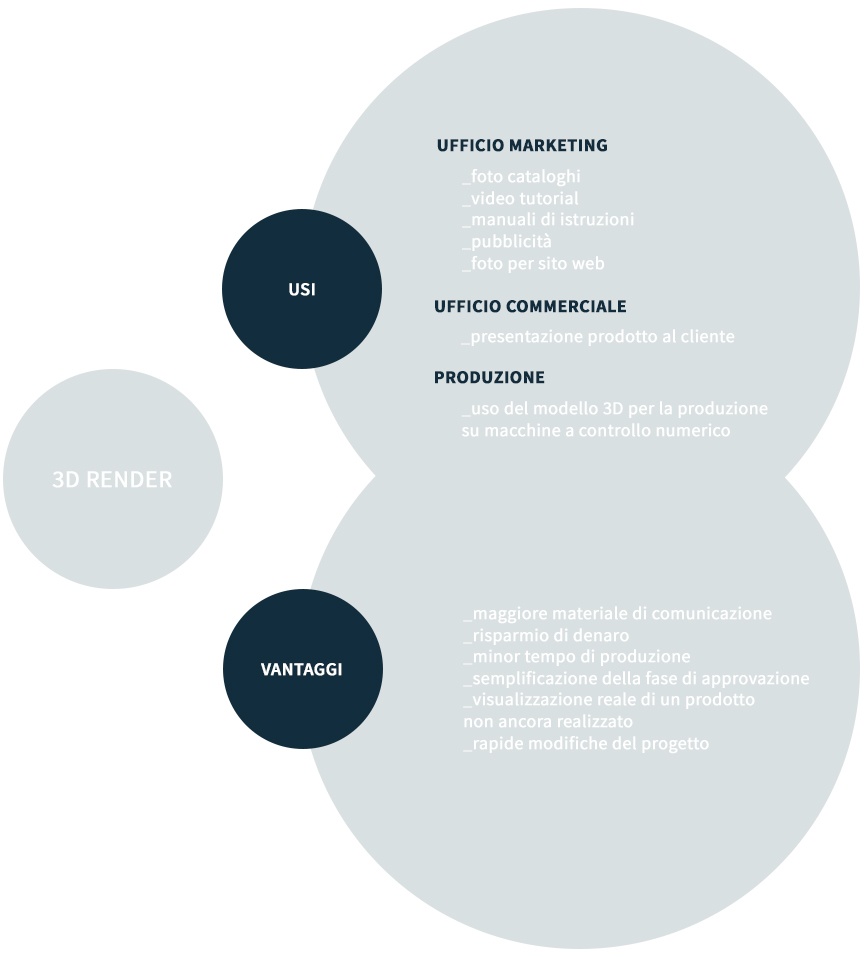
- 3D rendering – if we imagine it in the everyday life of a company – can greatly facilitate the work processes of the entire team. Let me give you an example: a company that produces bathroom fittings, which designs, produces and sponsors its products in-house, can speed up its industrial process thanks to this technology, and I will explain why.
Once the faucet in question has been designed, it can be modelled and rendered following all the steps seen above. The result of this operation – the final render – can be used either by the marketing department to create communication material, or by the production department to create the prototype.
The developed render will need to be modified according to the target department. In the case of the marketing department it will need to be refined with lighting and post production to make the image photorealistic and emotional to adapt the image to communication such as catalogues, website, video tutorials, advertising pages etc.
It is a different case for production, which will instead require a 3D model that has the essential characteristics to be then processed by a CAD CAM programme that will transmit the information to the CNC machine.
3D rendering is therefore a valid solution for shortening a company’s production time. - With 3D rendering, design costs can be cut. When designing something there are many reasons why changes are sometimes necessary, these reasons may be due to uncertainty or simply experimentation. With 3D rendering, designs can be quickly modified and tested.
- Rendering facilitates the approval phase as it can deliver a clear and true-to-life drawing, eliminating any misunderstanding on the part of the buyer in front of the project.
- In the case of new and future projects, 3D rendering is an effective marketing tool. Rendered images are powerful communication tools to present an unrealised object.
The aid of 3D rendering in marketing
3D rendering is not only a tool that can improve the dynamism of the industrial process, reduce design and production costs, but it is also an extraordinary technology for creating new and impactful communication that can be used in the marketing of such a futuristic present.
Thanks to 3D rendering we can recreate reality as we like, our imagination will therefore not be limited by traditional tools, but will be able to range as it pleases.
3D rendering is able to satisfy our imagination by giving us the possibility to create whatever our imagination is capable of imagining. Creating communication based on creativity and imagination gives the advantage of being more competitive than those who still do not exploit the full potential of 3D rendering.
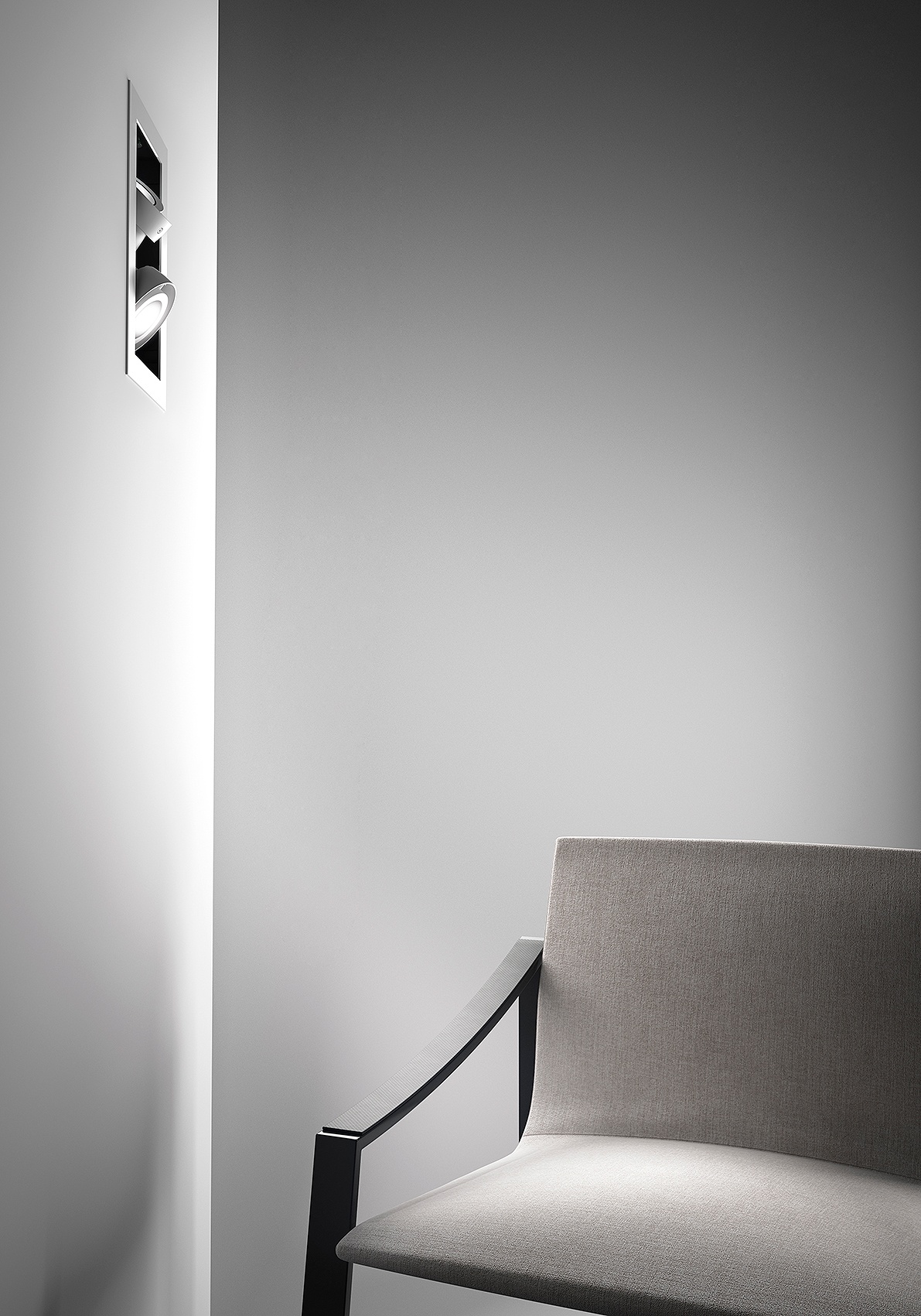
What programmes are used for 3D rendering?
I could not give an absolute answer to this question, as it depends on too many factors, such as the sector of employment, the type of training, the desired result, the willingness to use paid or open source software.
I will only answer this question based on the experience of our company, on what software is used by our professionals in our daily work.
I will follow the first paragraph of this Pillar Page step by step, describing the programmes used at each stage:
In the two-dimensional realisation phase we use a CAD programme, in the modelling phase we use a 3D modelling software where we model the object, then, thanks to a plugin (VRay) we decide the framing, choose the lights and proceed to the mapping. Thanks to this programme we are able to produce a photorealistic render, but often post-production intervention is necessary to refine the work, in which case we browse through our Adobe library and choose Photoshop for more detailed work and Lightroom for more minimal interventions.
Let us therefore see a small index of the most widely used programmes:




Autodesk’s AutoCad for two-dimensional drawing, Revit, Archicad and Allplan for architectural three-dimensional drawing, Maxon’s Cinema 4D, Autodesk’s 3D Studio Max and Rhinoceros for parameter-free architectural three-dimensional drawing and object modelling, Autodesk’s Inventor and Solidworks for mechanical three-dimensional drawing, and Photoshop and Lightroom for post production.
Each modelling programme also has an internal render engine, but many renderers usually prefer to use plug-ins for external render engines such as Vray and Maxweel.
 These are, of course, only a small fraction of commercially available programmes, but I don’t think this is the right context to list them all. There are many open source programmes – some very good – such as Sketchup, Blender and Gimp; the first for modelling, the second for modelling and photorealistic rendering, the third for post production.
These are, of course, only a small fraction of commercially available programmes, but I don’t think this is the right context to list them all. There are many open source programmes – some very good – such as Sketchup, Blender and Gimp; the first for modelling, the second for modelling and photorealistic rendering, the third for post production.

Our Render Case Histories
We know the theory, we have put it to good use to the best of our ability as amateur writers and passionate renderers. Let us now look at some of our Case Studies.
3D rendering for B2B trade (business to business)
Inca Cosmetici
Specialising in the production of aluminium and plastic packaging for all cosmetic applications in the luxury sector, Inca Cosmetici is integrated with a division that deals with the formulation and filling of make-up products.
We worked together with Inca Cosmetici with the aim of finding a practical solution for the presentation of its products to the large cosmetic companies, avoiding our client having to present itself with only the use of the sample book.
We at Bordegoni took care of creating 3D renders of the products in the different colour variants, presenting them graphically on design boards following a concept in line with the products and printing them on photographic paper. This work process was favourably received as it improved the dynamism and interaction between the marketing office, sales office and above all the presentation with the customer.
ThinkPop presentation
Some of the graphic boards of the Think Pop presentation
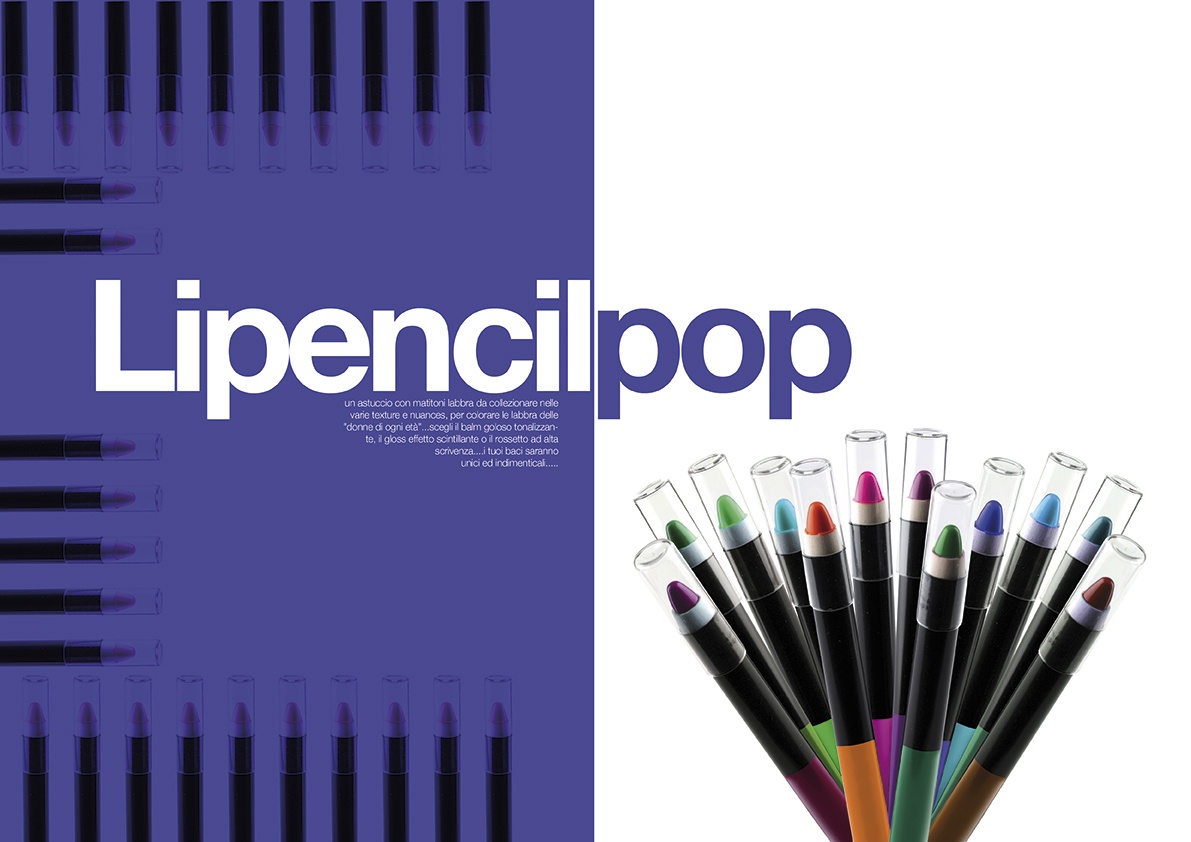
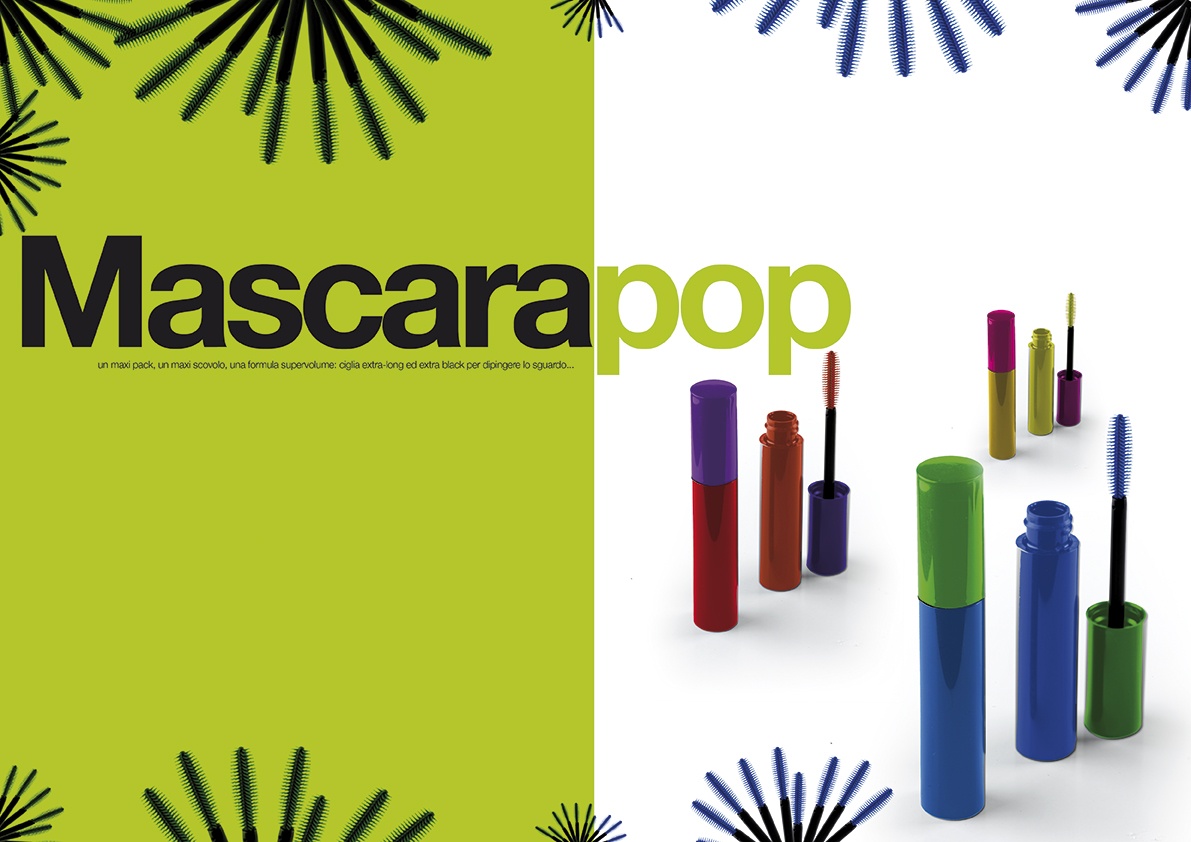
With each new presentation, Inca Cosmetici relies on our expertise to create 3D renders of their products. Here are some examples:
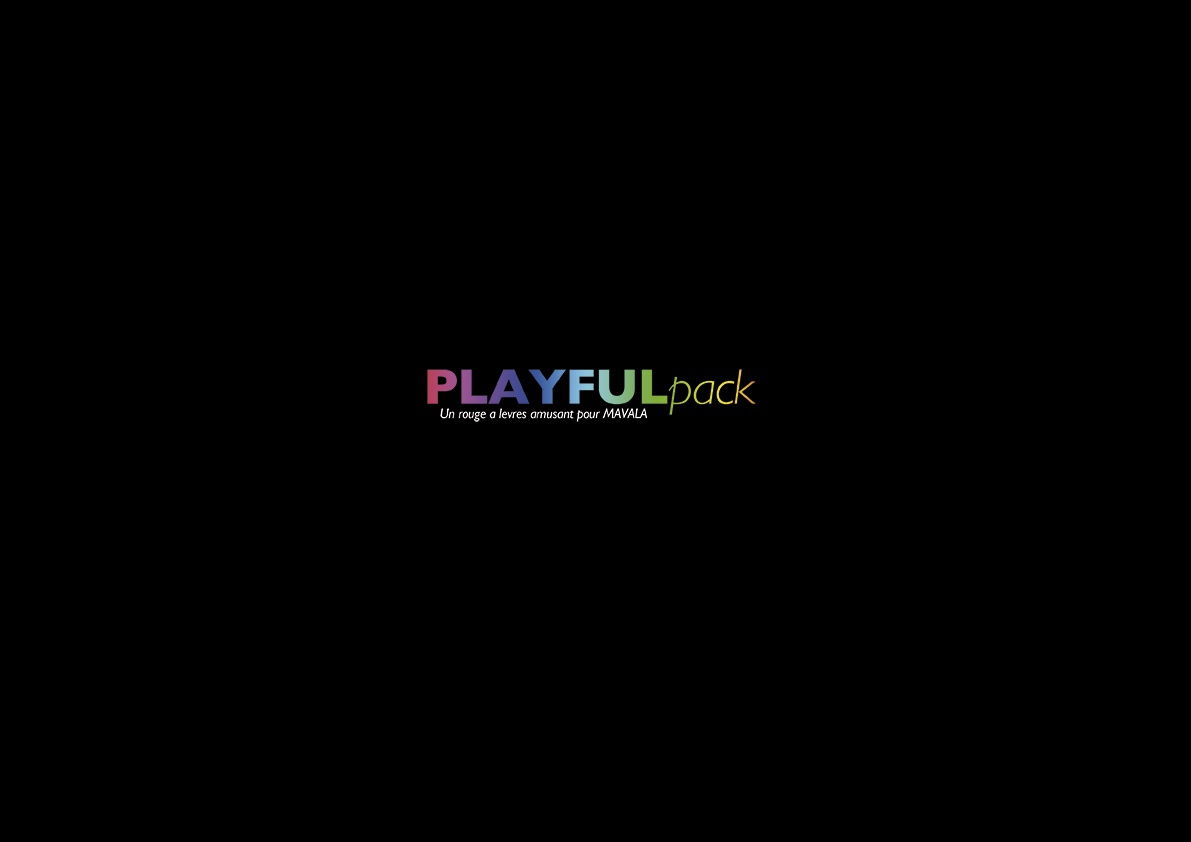
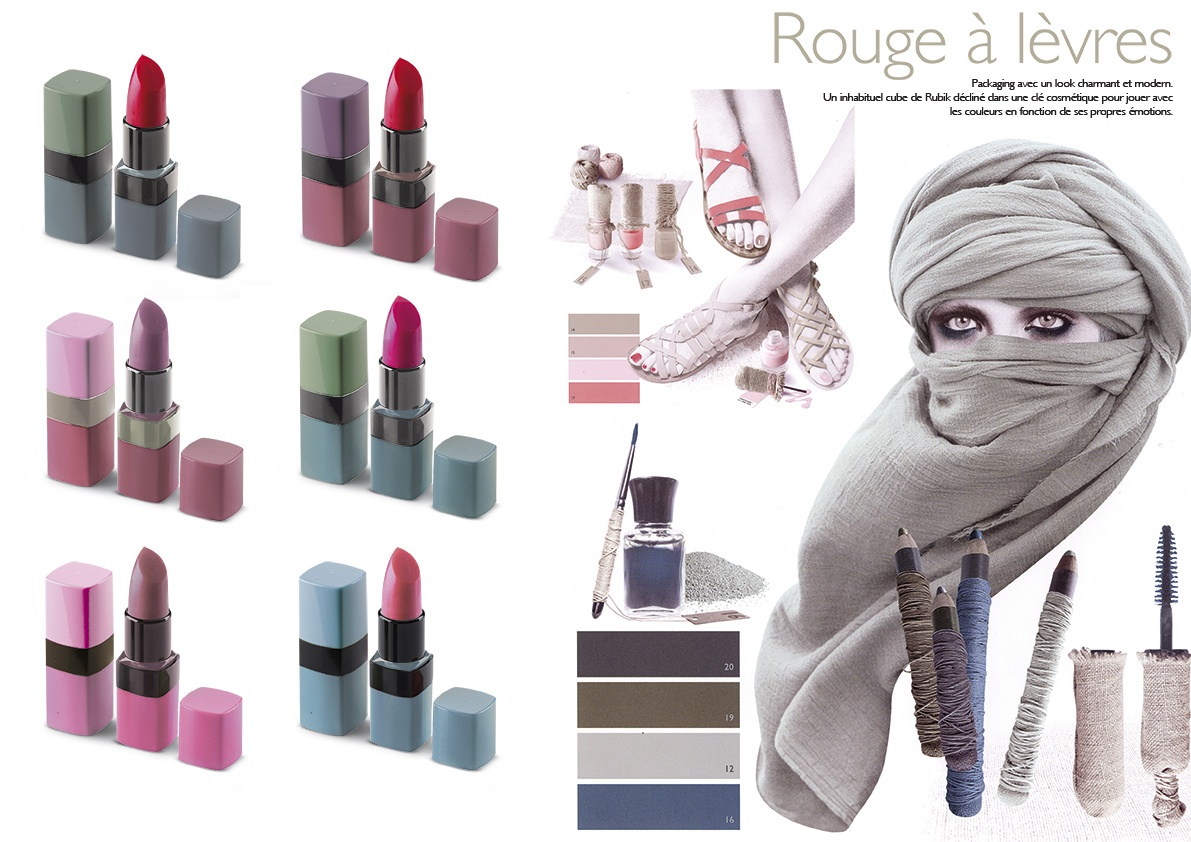
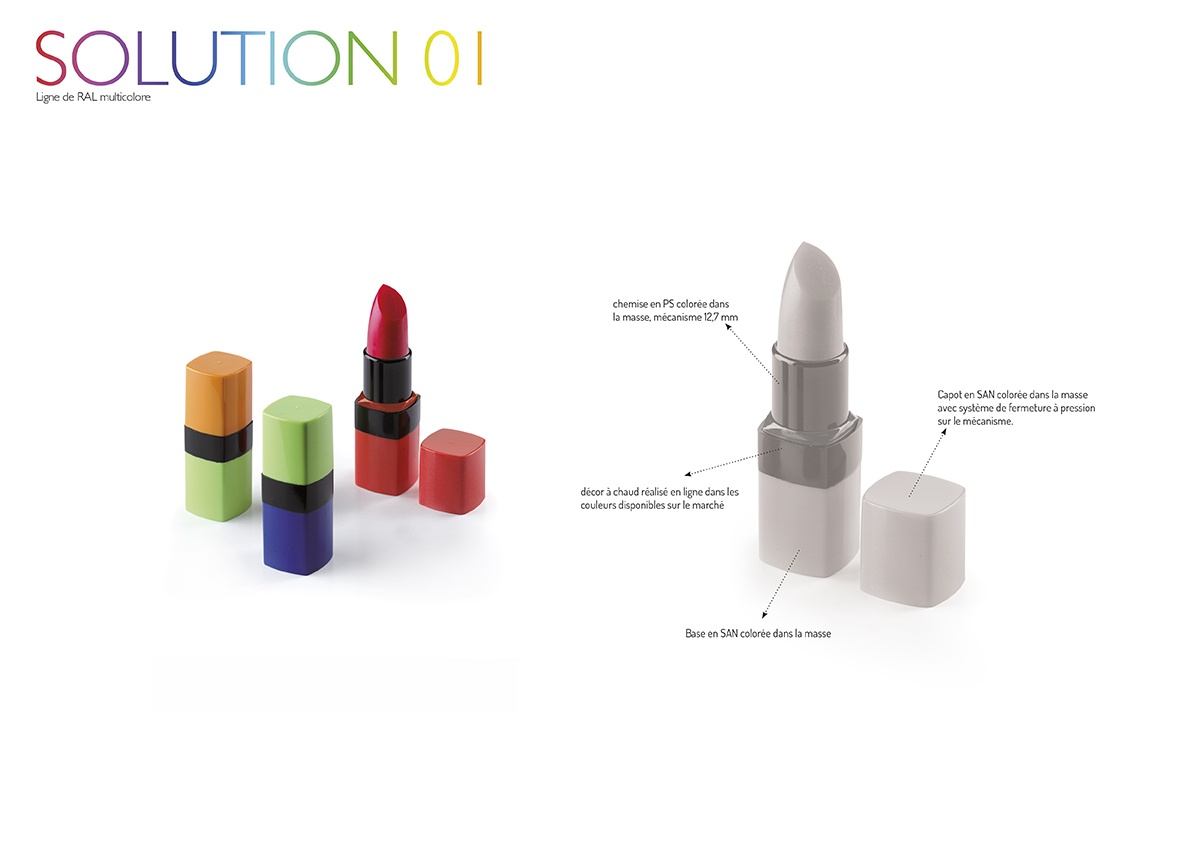
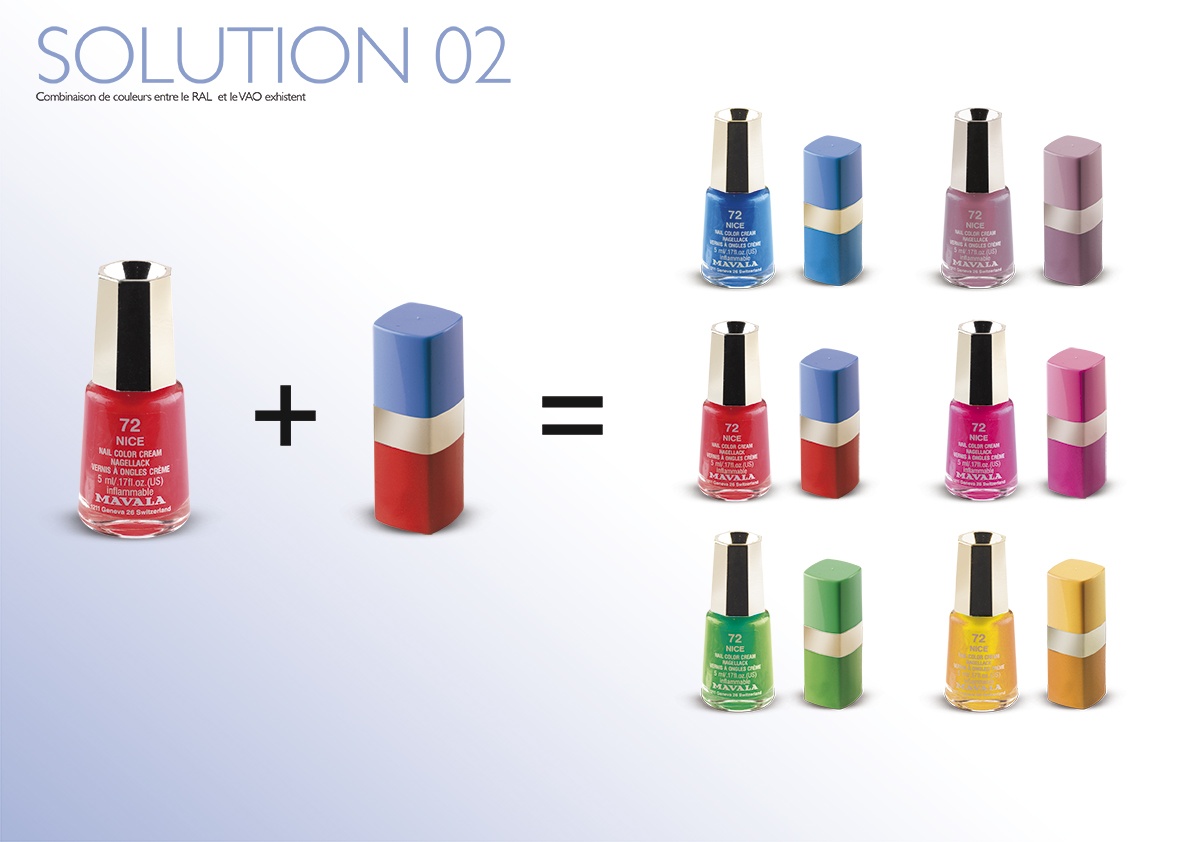
3D render for counter display presentation
Cofipack
Cofipack is a display company for the luxury market. We have been collaborating with this customer for many years in the photographic realisation of its products for the creation of marketing and communication material.
Thanks to technological innovation, Cofipack has succeeded in improving its services: it manages to accommodate and develop every type of request from its customers, transforming it into a project to be presented in the form of a 3D render. The quality of the images presented and their versatility have become an important tool to better interact with its customers, save on production and use the same images for corporate communication.
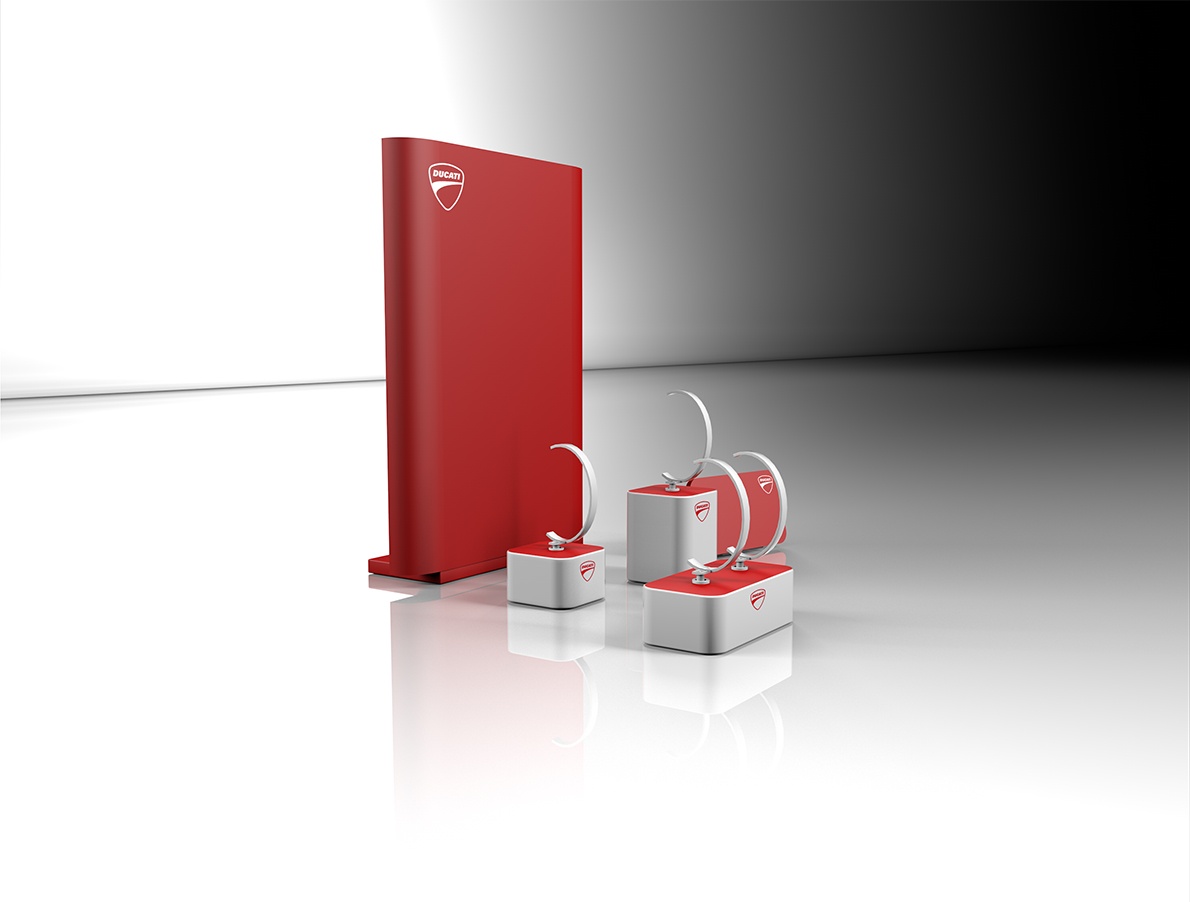
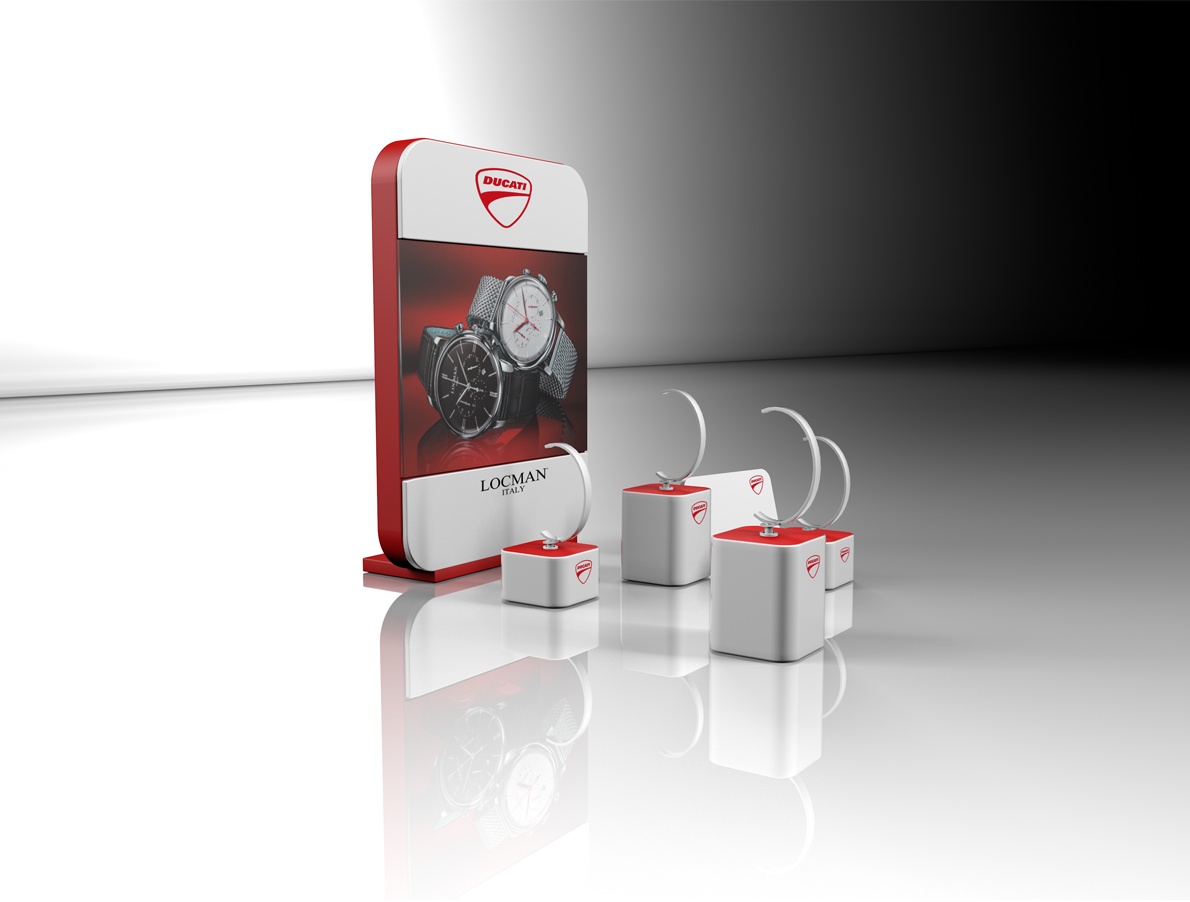
3D render for lighting company
Ivela
Ivela is an Italian lighting company that stands out for its constant investment in research and innovation in the lighting world.
Oriented towards the quality of its products, speed of response to market research and professionalism, Ivela works with us in the realisation of 3D renderings aimed at the presentation of their products created ad hoc on the client’s request. In addition to this we realise photorealistic and emotional images for Ivela to give shape to their product catalogue.
